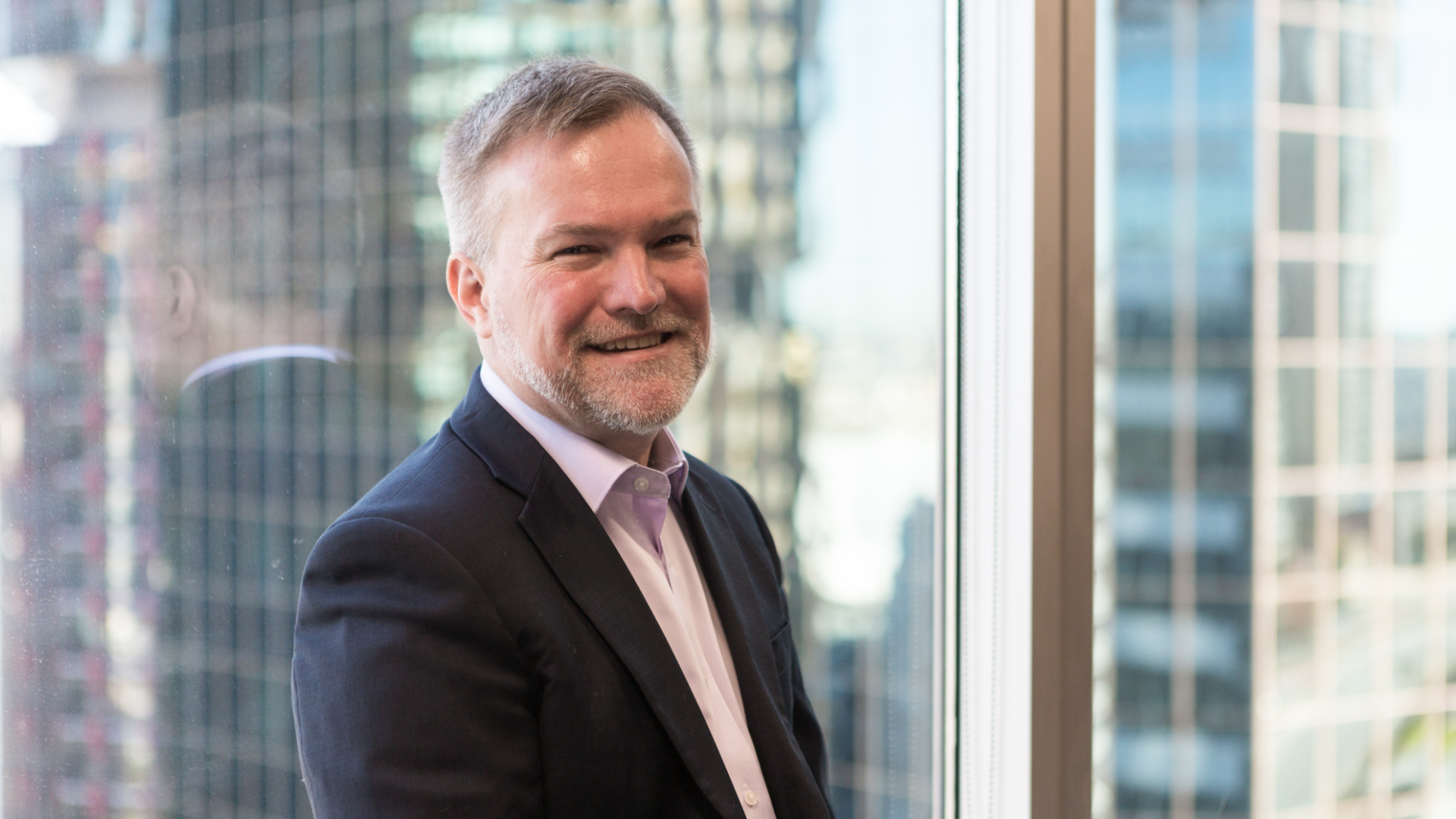Privatisation of the Future Fund a possibility?
(Pictured: David Neal)
Comment by Greg Bright
Maybe now, with confirmation of David Neal as its next chief executive, starting in August, it’s time for the Government to seriously consider privatising the Future Fund Management Agency. The Future Fund is a rare example of a government start-up business which has actually been successful.
And while they are at it, why not privatise the management of Commonwealth Superannuation Corporation (the old ARIA), perhaps as a job lot, allowing the merger of the two. If this Government is serious about introducing efficiencies in the finance, or any other, industry, privatisation would seem to make sense.
And to make it easy, the Government has its appointee, David Murray, at the helm of the Financial System Inquiry, which is currently deliberating on its submissions with a view to presenting a draft, or interim, report to the Government in July. The committee hasn’t had long to deliberate, given that submissions closed only on March 31.
Murray was the inaugural chair of the Future Fund and a former chief executive of Commonwealth Bank, neither of which augurs well for meaningful positive change to the system but perhaps does mean that privatisation of the Future Fund, if the Government wants it, could be a recommendation.
No-one is pretending Murray is a fiercely independent chair of this inquiry, notwithstanding his behaviour as the Future Fund chair. As has been widely reported, Murray instituted a system whereby individual investment decisions of the professional staff of the Future Fund had to be put to the board for approval. In the world of large super funds, against which the Future Fund is invariably compared, this is ridiculous. And there are many other criticisms of Murray from both within the Future Fund and in the wider institutional investment community.
Murray’s successor, the highly regarded David Gonski, started to unwind the unwieldy process. Reports are that his successor, former Commonwealth Treasurer, the somewhat less-highly regarded, Peter Costello, has followed on with the reforms. Neal’s promotion from CIO to CEO could be seen as a continuation of the reform process.
So, working with the hand we have been dealt at the Financial System Inquiry, Murray could well deliver the Government a token of his appreciation by floating the idea of a sale of the Future Fund management. Since its establishment in 2006, the Future Fund has built up a staff of about 90, half of whom are investment professionals, managing its current assets of $97.57 billion, as at March 31. It has beaten all its benchmarks during that period as well as establishing itself on the world stage, and enhancing Australia’s reputation in the process – something which Murray should be given credit for, as reluctant as I am to admit it.
The current and previous governments clearly recognized the success, giving the fund’s management a $4 billion education investment fund, a $4 billion ‘building Australia’ fund and a $2.5 billion ‘health and hospitals’ fund to manage along the way.
The real management work was done by David Neal’s predecessors as CEO, Paul Costello and Mark Burgess. Burgess resigned last year and left in March. In fact the only criticism of the Future Fund is that it seems to take forever to fill management vacancies. It will now institute another global search, for Neal’s CIO role. In his capacity as CIO, Neal delivered an average annual return of 7 per cent, which makes it one of the best-performing funds in the world during that roller-coaster period of the GFC and market recovery.
The only successful sale of a government-owned fund management business was by the NSW Government when it sold the former Axiom, which managed the assets of State Super (STC) and the then-embryonic First State Super for a reported $160 million. Since then, Queensland has toyed with selling the even-bigger QIC, and always backed away, and occasionally Victoria has thought about selling VFMC. NSW still has Pillar, STC’s commercial administrator, to sell but doesn’t seem to be in any hurry.
For what it’s worth, I hope the Government doesn’t privatise the Future Fund. I think the risk would be that such a move would change the culture of the fund’s management and undoubtedly lead to a higher cost base. Australia really doesn’t need another big commercial fund manager, no matter how good it is.
The intriguing question for me is why Neal wanted the CEO’s role, assuming he did. We know it wasn’t for the money, given that the annual reports show the CEO gets paid no more than the CIO, as is the case with most big fiduciary funds. And while Neal had a lot of experience as a businessman, establishing the former Watson Wyatt’s investment capability in Australia in the 1990s, he clearly is good at and enjoys managing the money. Presumably it’s about the surety of having more control.










